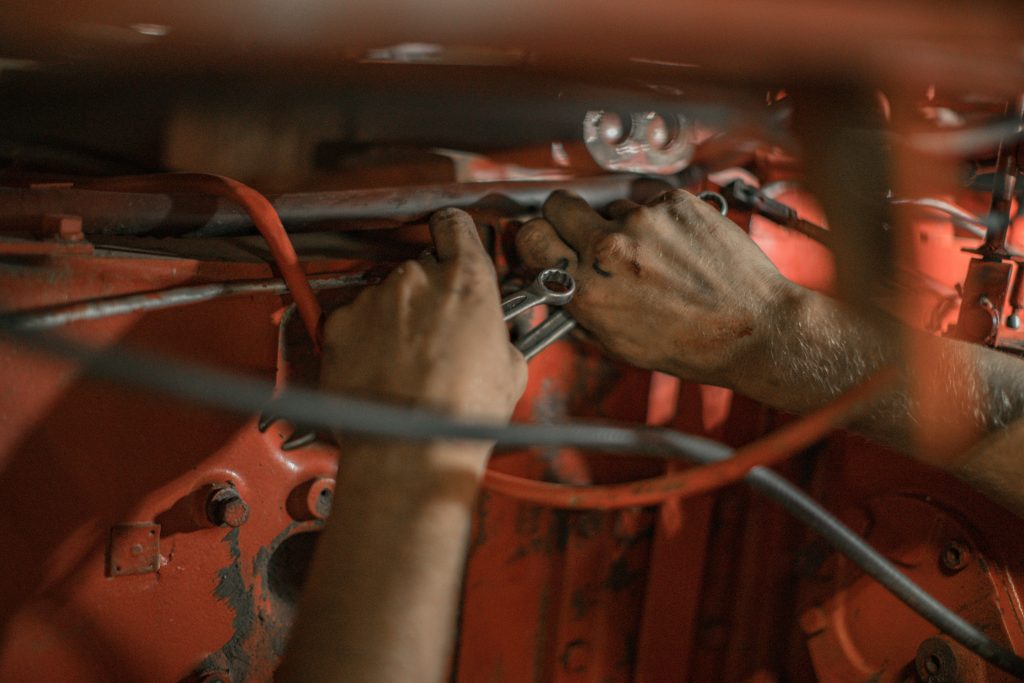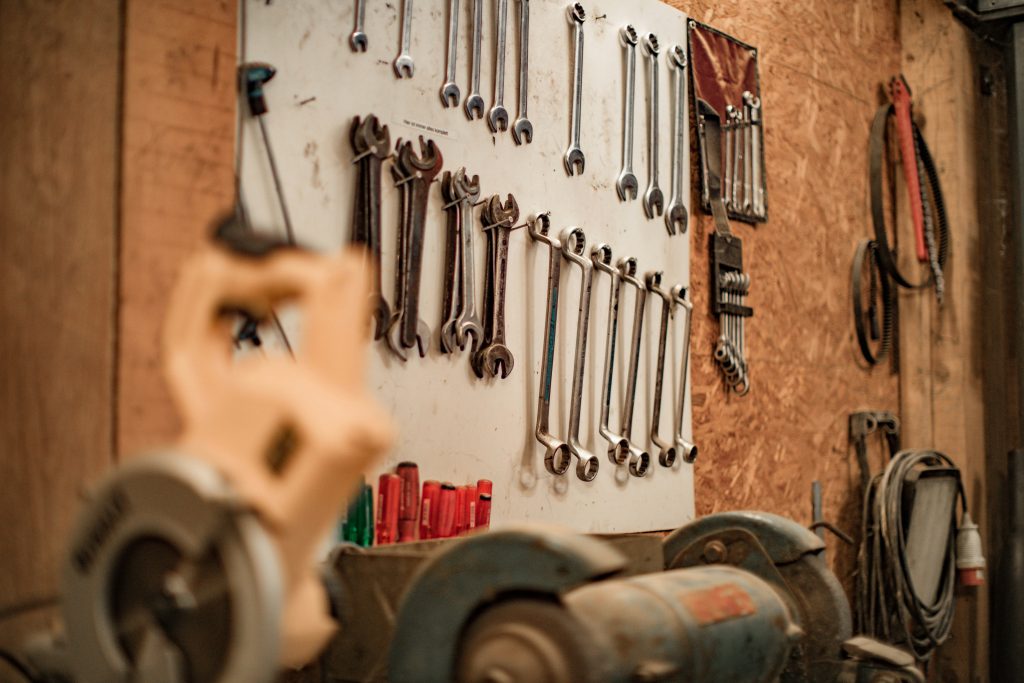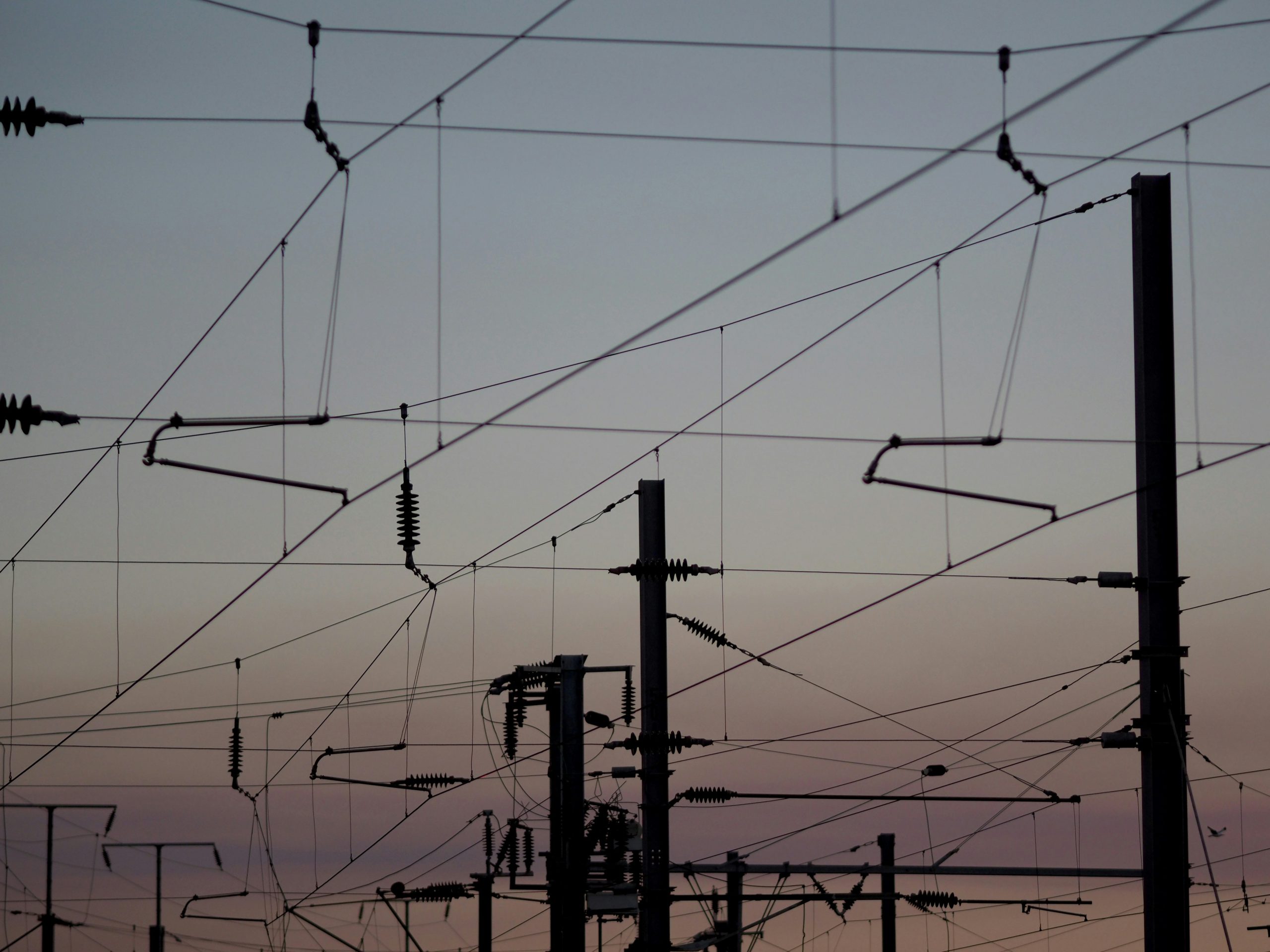Understanding the Basics of a Wire Rope Hoist
What is a Wire Rope Hoist?
A wire rope hoist is an essential piece of lifting equipment used across various industries for heavy-duty lifting and lowering operations. Typically equipped with a drum on which the wire rope is wound, the hoist is operated by an electric or manual mechanism. This equipment offers substantial advantages in terms of strength, durability, and versatility, making it a preferred choice for many applications. Understanding the intricacies of a wire rope hoist is fundamental to maximizing its operational benefits while ensuring safety and efficiency.
Components of a Wire Rope Hoist
Wire rope hoists comprise several integral components that contribute to their functionality and performance. These include:
- Drum: Around which the wire rope is wound and unwound.
- Motor: Powers the hoist mechanism, either electrically or manually.
- Wire Rope: The main lifting component, known for its high tensile strength.
- Brake System: Ensures the load remains stationary when needed.
- Control System: Enables the operator to manage lifting and lowering actions.
These components work seamlessly together, providing a reliable and effective lifting solution for various industrial needs.
Typical Applications of Wire Rope Hoists
Wire rope hoists are invaluable assets in numerous sectors due to their robust lifting capabilities. Common applications include:
- Construction Sites: Lifting heavy building materials like steel beams and concrete blocks.
- Warehouses: Handling and moving large storage containers.
- Manufacturing Plants: Hoisting machinery and equipment during production processes.
- Marine Industry: Loading and unloading cargo on ships.
Their versatility makes wire rope hoists indispensable across different operational environments, from overhead tasks to navigating narrow spaces.
Proper Installation Techniques for Wire Rope Hoists
Site Preparation and Safety Measures
Before installing a wire rope hoist, adequate site preparation is paramount. This involves ensuring the site is clear of obstacles and that the foundation is capable of supporting the hoist’s load capacity. Safety measures such as hazard assessments and potential risk mitigation plans must also be in place. Additionally, securing the appropriate permits and conducting a thorough site inspection can help avoid unforeseen complications during installation.
Mounting the Wire Rope Hoist Correctly
Proper mounting of the wire rope hoist is critical for its safe operation. Following the manufacturer’s guidelines ensures secure and stable mounting. This typically involves using the correct bolts and fasteners, aligning the hoist properly with the support structure, and verifying the integrity of all mounting points. Misalignment or improper mounting can lead to operational inefficiencies and potential safety hazards.
Electrical Connections and Power Supply
For wire rope hoists that operate on electricity, establishing a safe and reliable power connection is crucial. This includes wiring the motor correctly, ensuring that the power supply meets the hoist’s voltage requirements, and installing appropriate circuit protection devices. Furthermore, regular checks for electrical faults can prevent power-related issues and enhance the hoist’s longevity.
Optimizing Performance: Advanced Handling Tips
Load Capacity and Weight Distribution
Calculating Load Limits
Understanding and calculating load limits are essential for the optimal use of a wire rope hoist. Exceeding the recommended load capacity can lead to mechanical failures and pose safety risks. To ensure safe operations, consult the manufacturer’s guidelines and use load limit charts to determine the maximum weight your hoist can handle.
Balancing the Load Efficiently
Efficiently balancing the load is equally important for maintaining the hoist’s stability. Unevenly distributed loads can cause undue stress on the wire rope and the hoist mechanism. Use slings or other attachment devices to secure the load evenly, ensuring that its center of gravity aligns with the hoist’s lifting point. This practice not only enhances safety but also extends the lifespan of the equipment.

APOLLO
APOLLO‘s wire rope hoists are engineered with cutting-edge features that enhance their operational value. For instance, their hoists come equipped with advanced anti-sway technology, automatic running capabilities, and data logging functions. These features not only improve the precision and safety of lifting operations but also provide valuable insights for maintenance and performance optimization.
One of the standout aspects of APOLLO’s wire rope hoists is their robust customization options. Whether you need a hoist for lifting heavy building materials on a construction site or for handling containers in a logistics hub, APOLLO can tailor their products to meet your specific requirements. Their hoists are designed to operate efficiently in various environments, including overhead work and narrow spaces, ensuring that your projects proceed smoothly and safely.
In addition to their technical prowess, APOLLO places a strong emphasis on environmental sustainability. Their wire rope hoists are built to meet stringent environmental standards, incorporating energy-efficient motors and durable materials that reduce the overall carbon footprint. This commitment to sustainability ensures that you are not only investing in high-quality equipment but also contributing to a greener future.
Operating at Various Speeds and Heights
Speed Control Mechanisms
Effective control over the hoist’s operational speed is crucial for ensuring both efficiency and safety. Wire rope hoists often come with adjustable speed settings that allow operators to choose the appropriate speed for different lifting tasks. Advanced models may feature variable frequency drives (VFDs) that offer smooth acceleration and deceleration, reducing the impact on the hoist and the load. Such mechanisms help in fine-tuning the hoist’s movements, particularly during delicate lifting operations where precision is paramount.
Adjusting for Height Variations
Operating a wire rope hoist at different heights requires careful planning and precision. Adjustments should be made to ensure the wire rope remains taut and that there is no slack, which could lead to entanglement or damage. Operators should consult the hoist’s manual for specific guidelines on height adjustments and periodically inspect the wire rope for any signs of wear or elongation that could impact performance. Employing variable speed controls and utilizing appropriate hoist mechanisms can optimize performance when lifting or lowering loads to varying heights.
Maintenance Strategies to Prolong Lifespan
Routine Inspection and Lubrication Procedures
Checklist for Visual Inspections
Regular visual inspections are critical for ensuring the longevity and safe operation of a wire rope hoist. A comprehensive checklist should include inspecting the wire rope for fraying or kinks, examining the drum for any irregularities, and verifying the integrity of the brake system. Additionally, checking the motor and electrical components for any signs of wear or damage is crucial. By maintaining a routine inspection schedule, operators can identify and address potential issues before they escalate.
Importance of Regular Lubrication
Routine lubrication is essential for minimizing friction and wear on moving parts of the hoist. It is important to follow the manufacturer’s guidelines regarding the types of lubricants to use and the frequency of application. Key components that require regular lubrication include the wire rope, drum, and motor bearings. Proper lubrication not only enhances the smooth operation of the hoist but also reduces the risk of mechanical failures.
Troubleshooting Common Issues
Identifying Signs of Wear and Tear
Identifying early signs of wear and tear can prevent operational disruptions and extend the lifespan of the hoist. Common indicators include unusual noises during operation, visible fraying or corrosion on the wire rope, and inconsistent lifting speeds. Regularly monitoring these signs allows for timely interventions, such as replacing worn-out components or arranging for professional maintenance.
Quick Fixes vs. Professional Repairs
While some minor issues can be addressed with quick fixes, such as tightening loose bolts or applying additional lubrication, more complex problems require professional repairs. It is vital to differentiate between issues that can be safely resolved in-house and those that necessitate expert intervention. Attempting to repair significant mechanical or electrical faults without proper expertise can result in further damage and pose safety risks.
Safety Protocols to Ensure Reliable Operation
Mandatory Safety Features to Check Before Use
Brake Systems and Emergency Stops
Ensuring that the brake systems and emergency stop mechanisms are functioning correctly is crucial for safe operation. Regularly test the hoist’s braking capabilities and verify that the emergency stop button effectively halts all operations. Properly functioning brakes are essential for preventing accidental load drops and ensuring controlled lifting and lowering.
Protective Gear for Operators
Operators must wear appropriate protective gear to minimize the risk of injuries. This includes hard hats, gloves, safety glasses, and steel-toed boots. Additionally, ensuring that operators are equipped with proper lifting belts can prevent strain-related injuries. Enforcing a strict policy on wearing protective gear can significantly enhance workplace safety.
Training Operators for Safe Use
Comprehensive Training Programs
Providing comprehensive training programs for operators is essential for maintaining safe and efficient operations. Training should cover the fundamentals of wire rope hoist operation, including load capacity calculations, proper usage techniques, and emergency procedures. Practical training sessions that allow operators to familiarize themselves with the equipment under supervision are particularly beneficial.
Regular Skill Assessments
Conducting regular skill assessments helps ensure that operators maintain a high level of proficiency. These assessments can identify knowledge gaps and provide opportunities for additional training. By regularly evaluating operator skills, companies can enhance safety and operational efficiency.

Enhancing Efficiency with Accessories and Upgrades
Choosing the Right Attachments
Hooks, Shackles, and Slings
Selecting the appropriate attachments, such as hooks, shackles, and slings, can enhance the versatility and efficiency of the wire rope hoist. Each attachment type is designed for specific lifting scenarios, and using the correct one ensures secure and balanced lifting. It is important to inspect these attachments regularly for signs of wear and replace them as needed.
Remote Control Systems
Integrating remote control systems can greatly enhance the operational convenience of wire rope hoists. Remote controls allow operators to manage lifting tasks from a safe distance, reducing the risk of accidents. They also provide greater precision in controlling the hoist, particularly in confined or hazardous environments.
Benefits of Modern Technological Upgrades
Integrating IoT Solutions
Incorporating Internet of Things (IoT) solutions into wire rope hoists can provide real-time monitoring and data analysis. IoT-enabled hoists can track operational metrics, predict maintenance needs, and alert operators to potential issues. This data-driven approach enhances efficiency and ensures timely maintenance interventions, reducing downtime.
Automation Features
Advanced automation features can significantly improve the efficiency of wire rope hoists. Automation allows for pre-programmed lifting sequences, reducing the need for manual intervention and minimizing the risk of human error. Employing automation in repetitive lifting tasks can enhance consistency and speed while maintaining safety.
Evaluating Manufacturer Support and Warranty Options
Understanding Manufacturer-Specific Services
When investing in a wire rope hoist, understanding the support services offered by the manufacturer is crucial. These services may include installation assistance, routine maintenance packages, and technical support. Choosing a manufacturer that provides comprehensive after-sales support can ensure sustained performance and address any operational issues promptly.
Importance of Warranty and Post-Purchase Support
A robust warranty and reliable post-purchase support are essential for safeguarding your investment. Manufacturers that offer extensive warranty coverage and responsive customer service provide added peace of mind. It is important to thoroughly review the warranty terms and understand the process for claiming support or repairs, ensuring that you are adequately protected throughout the lifespan of the hoist.
By integrating advanced operational tips, diligent maintenance strategies, stringent safety protocols, efficient accessories, and reliable manufacturer support, operators can master the use of wire rope hoists and achieve optimal performance and longevity. Whether handling heavy construction materials or managing delicate manufacturing tasks, mastering these aspects ensures that wire rope hoists remain invaluable assets in any industrial setting.


